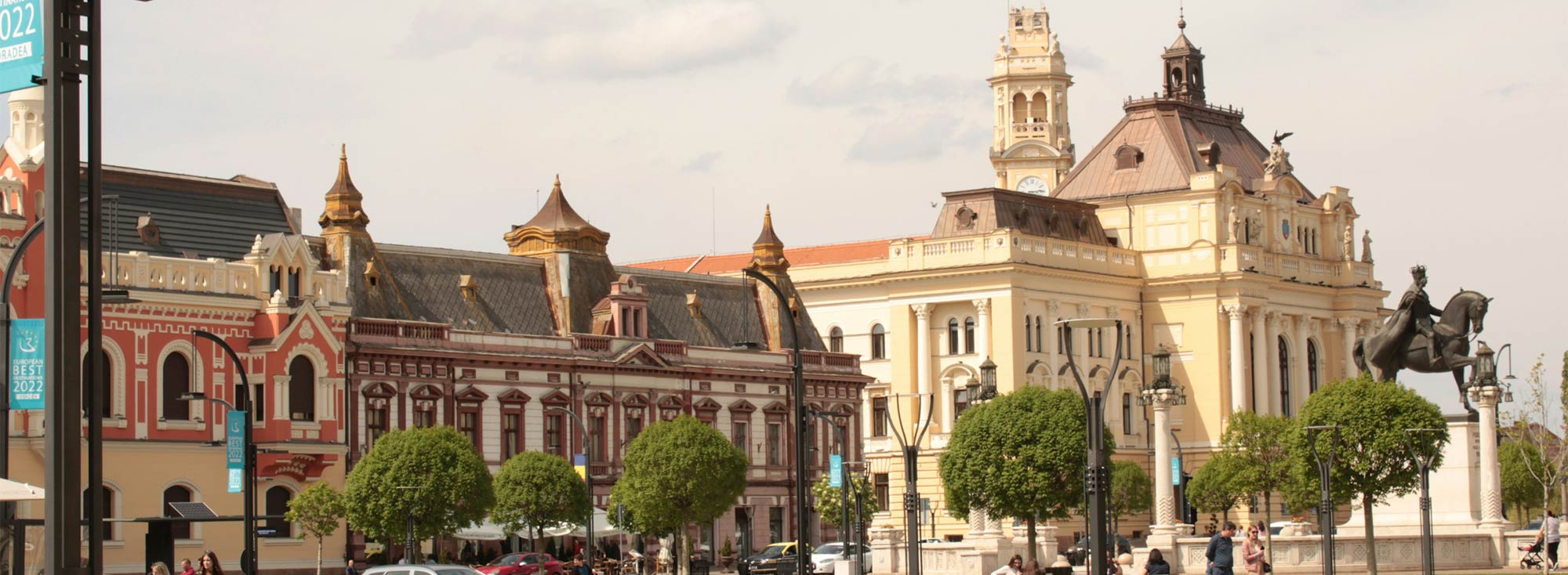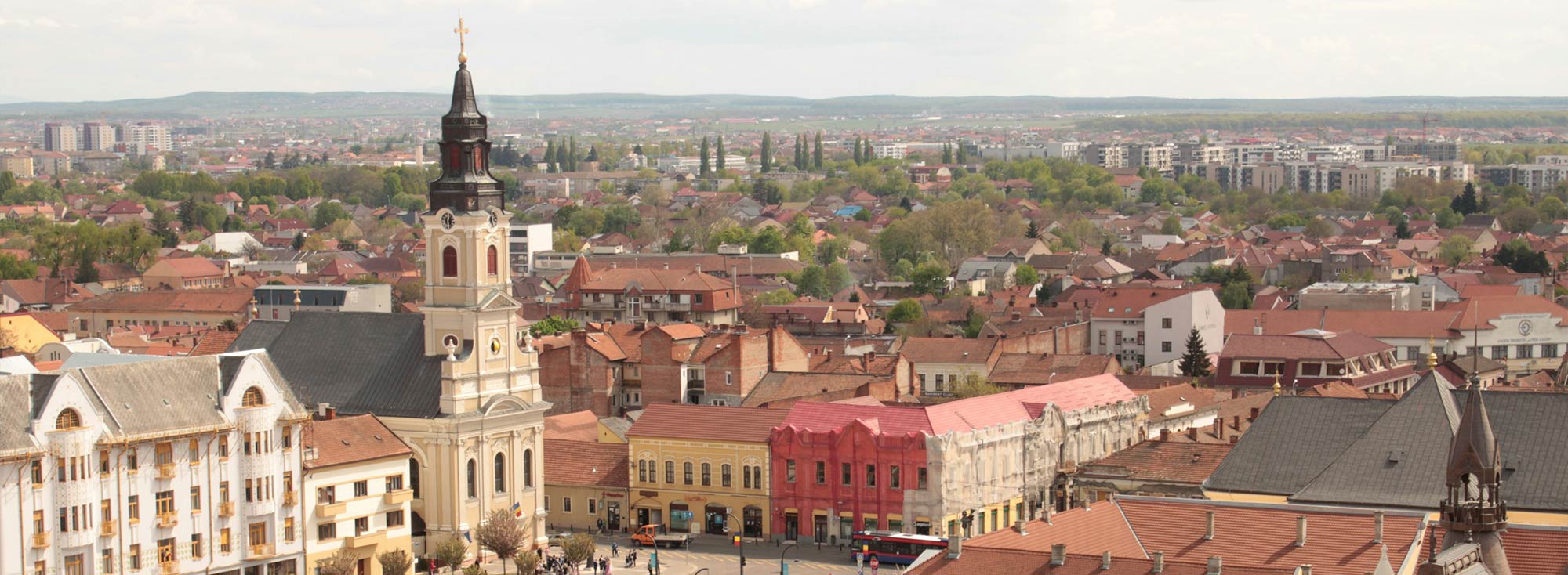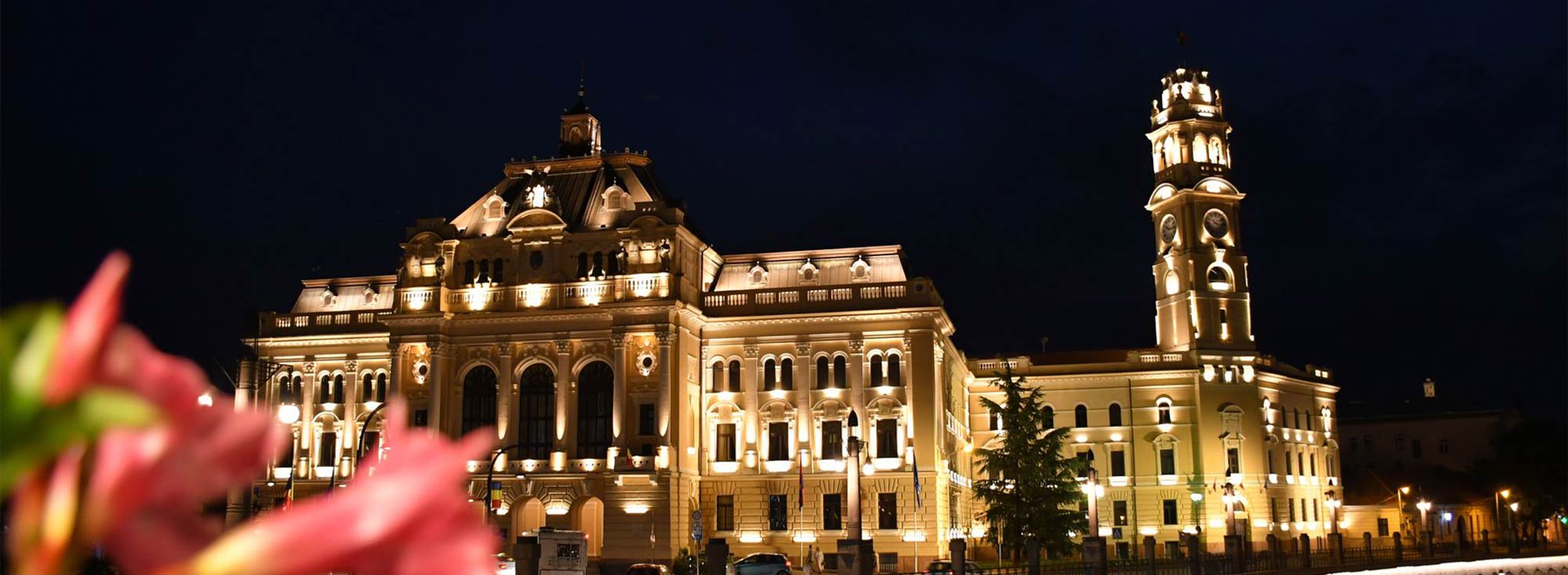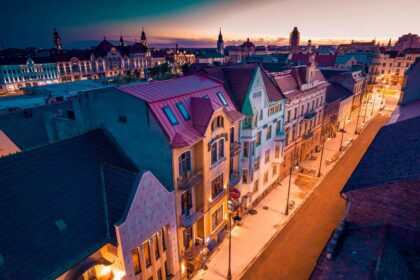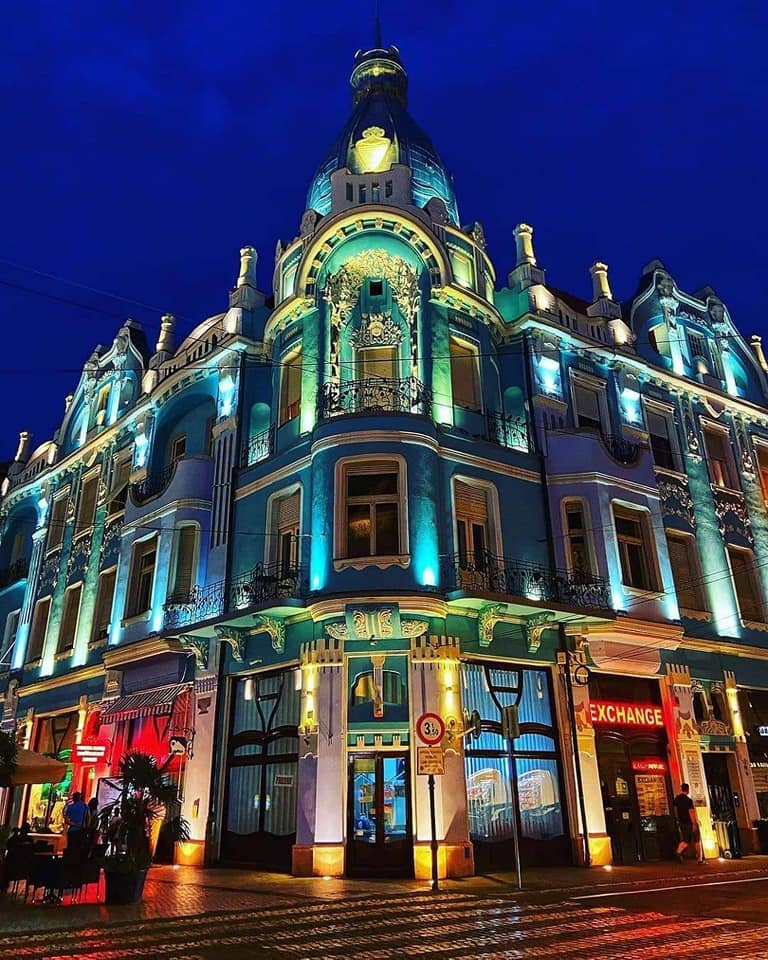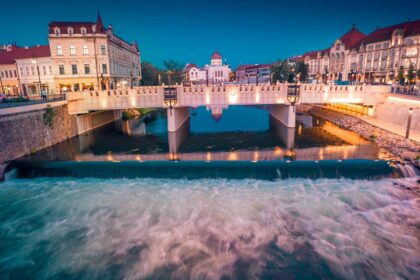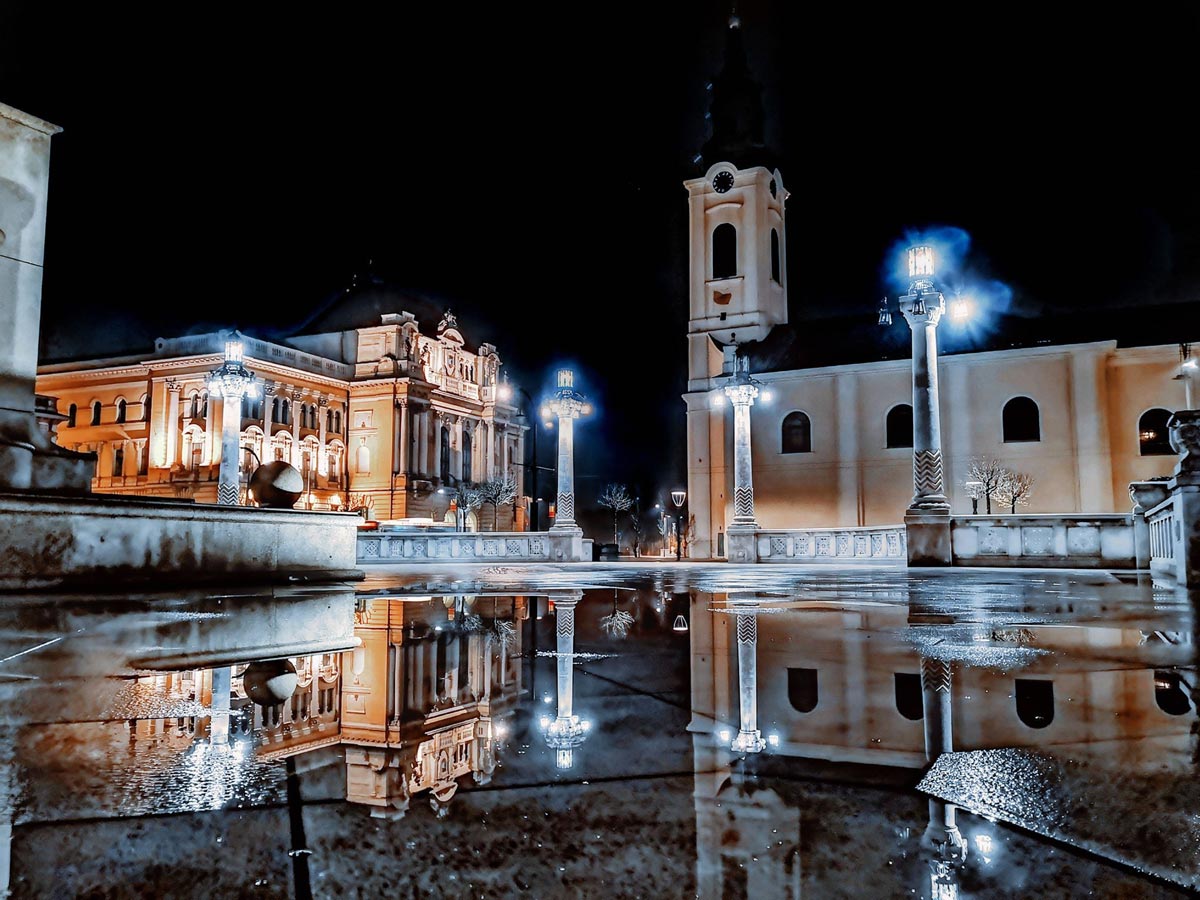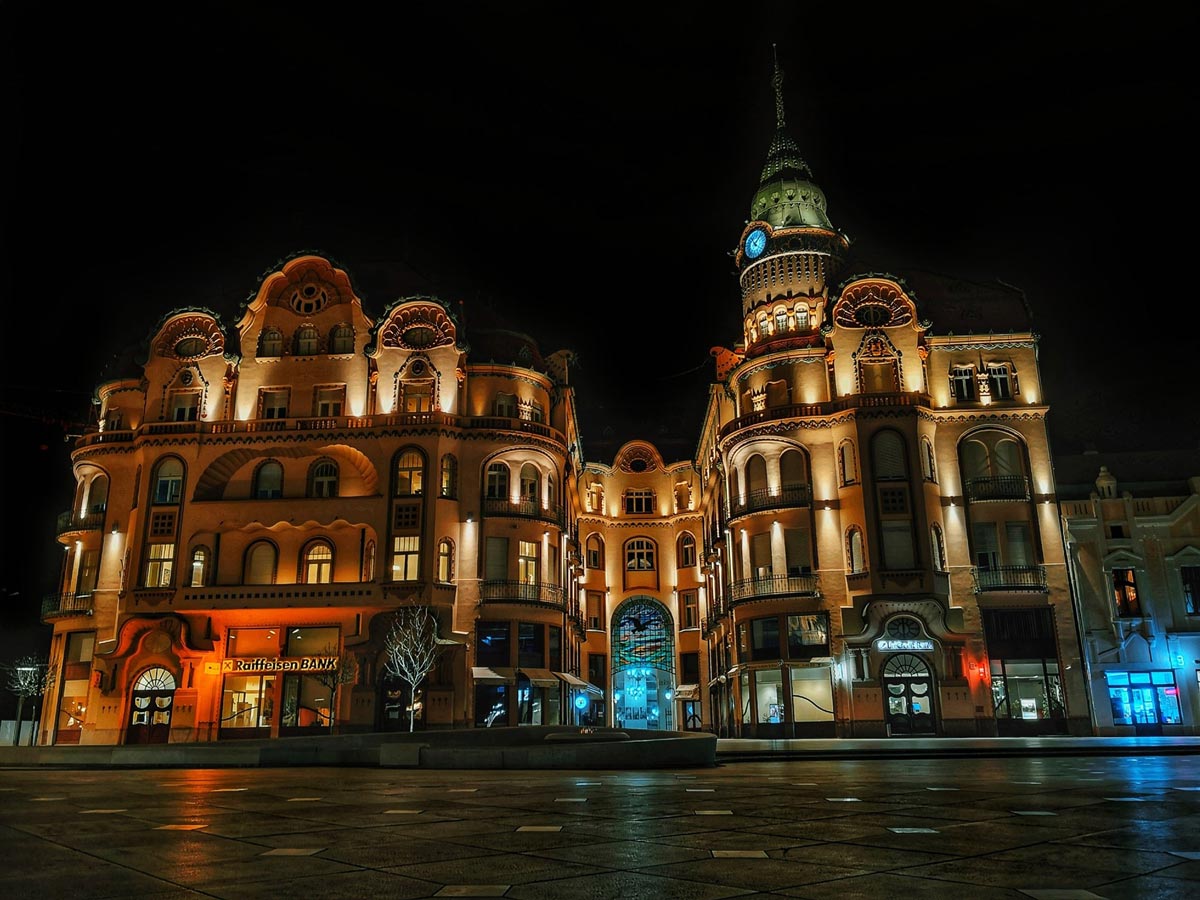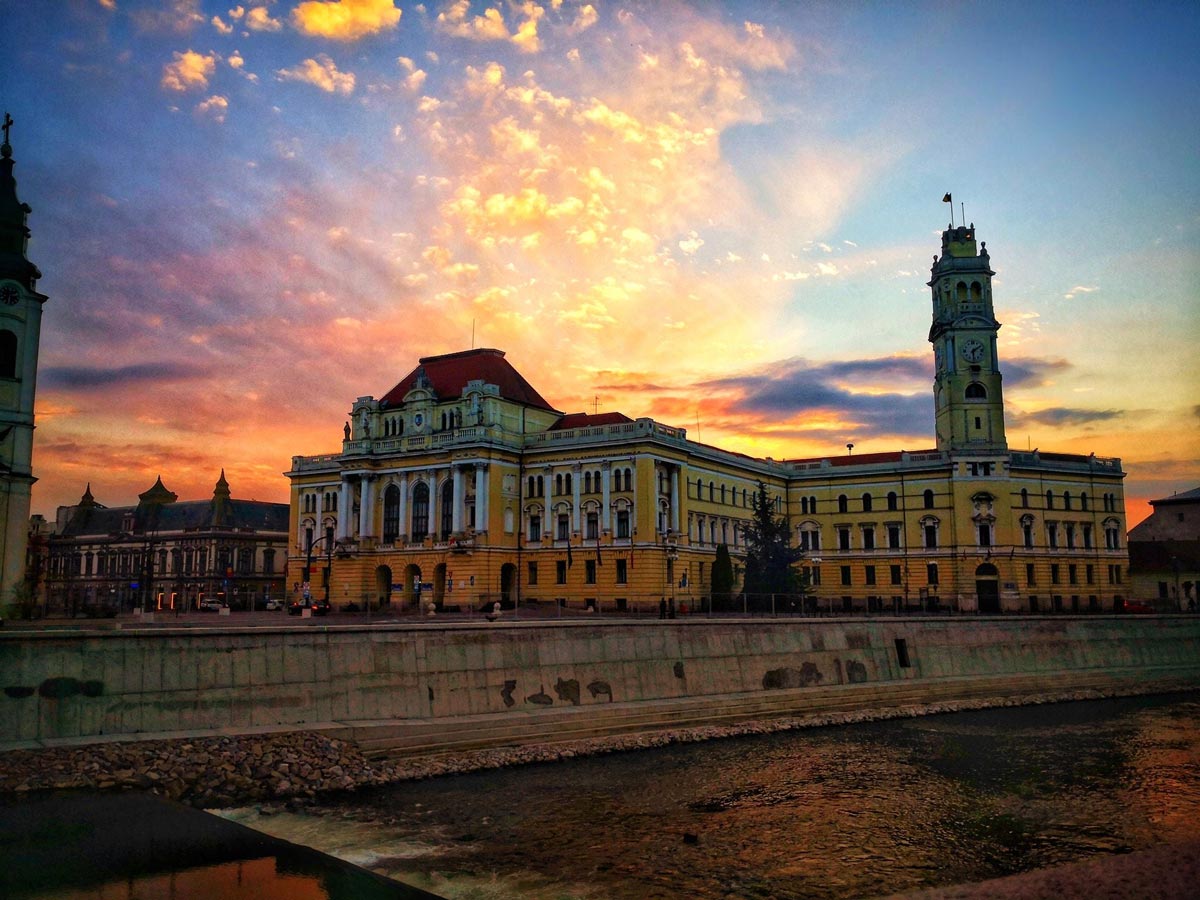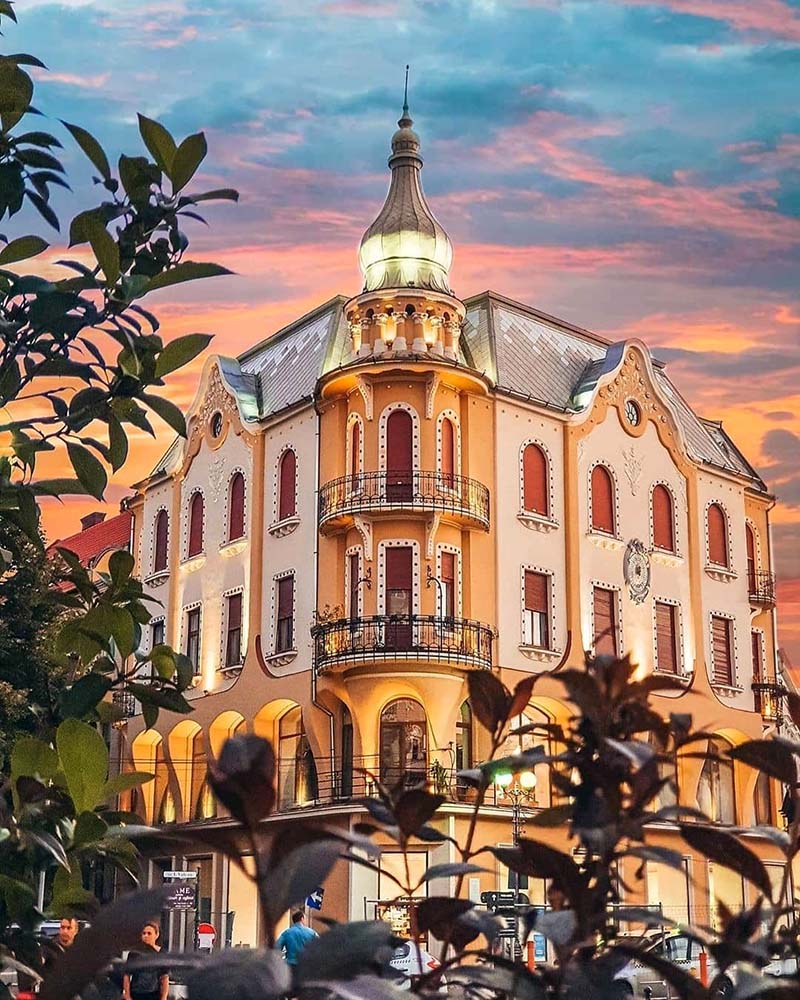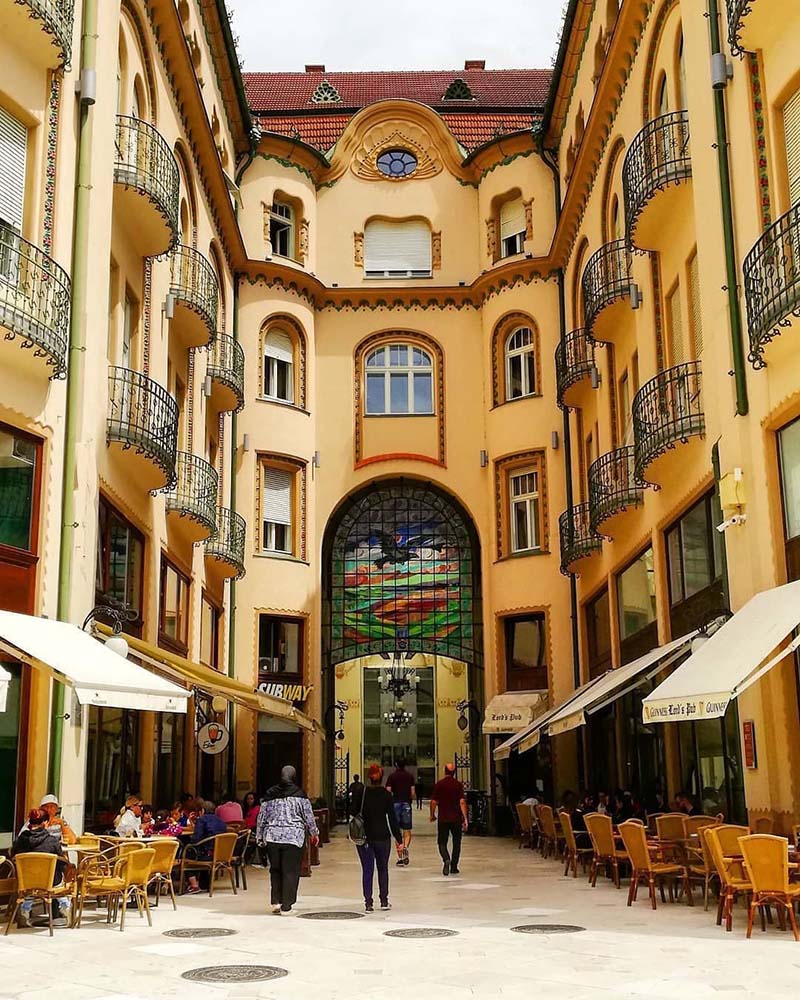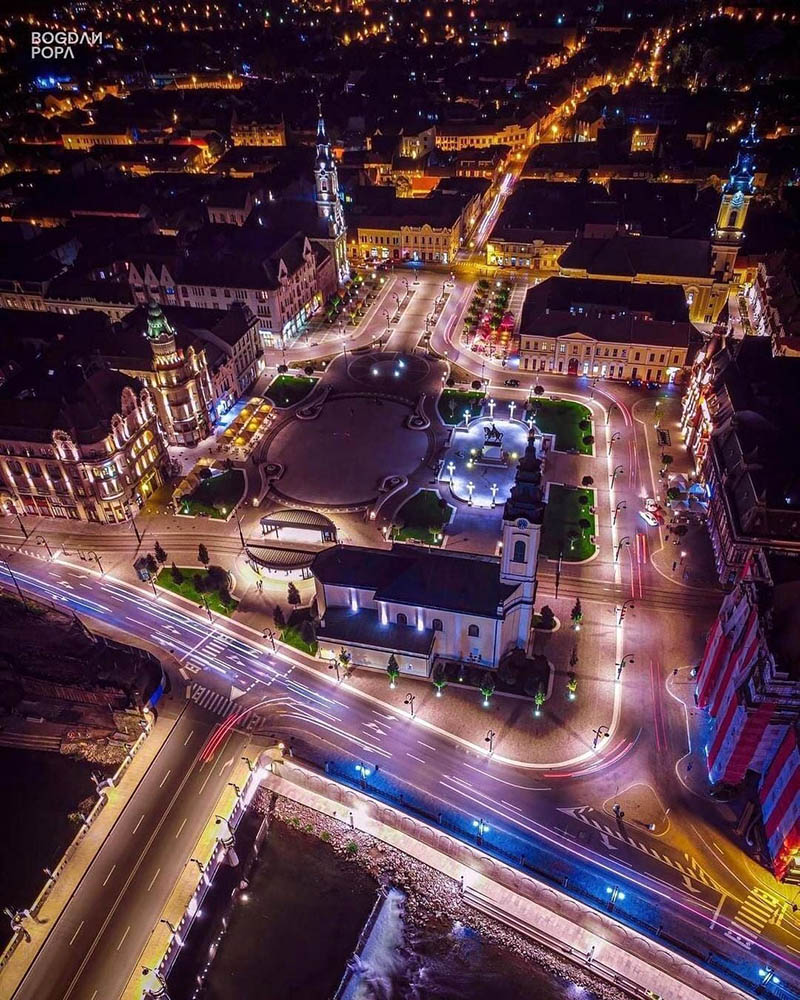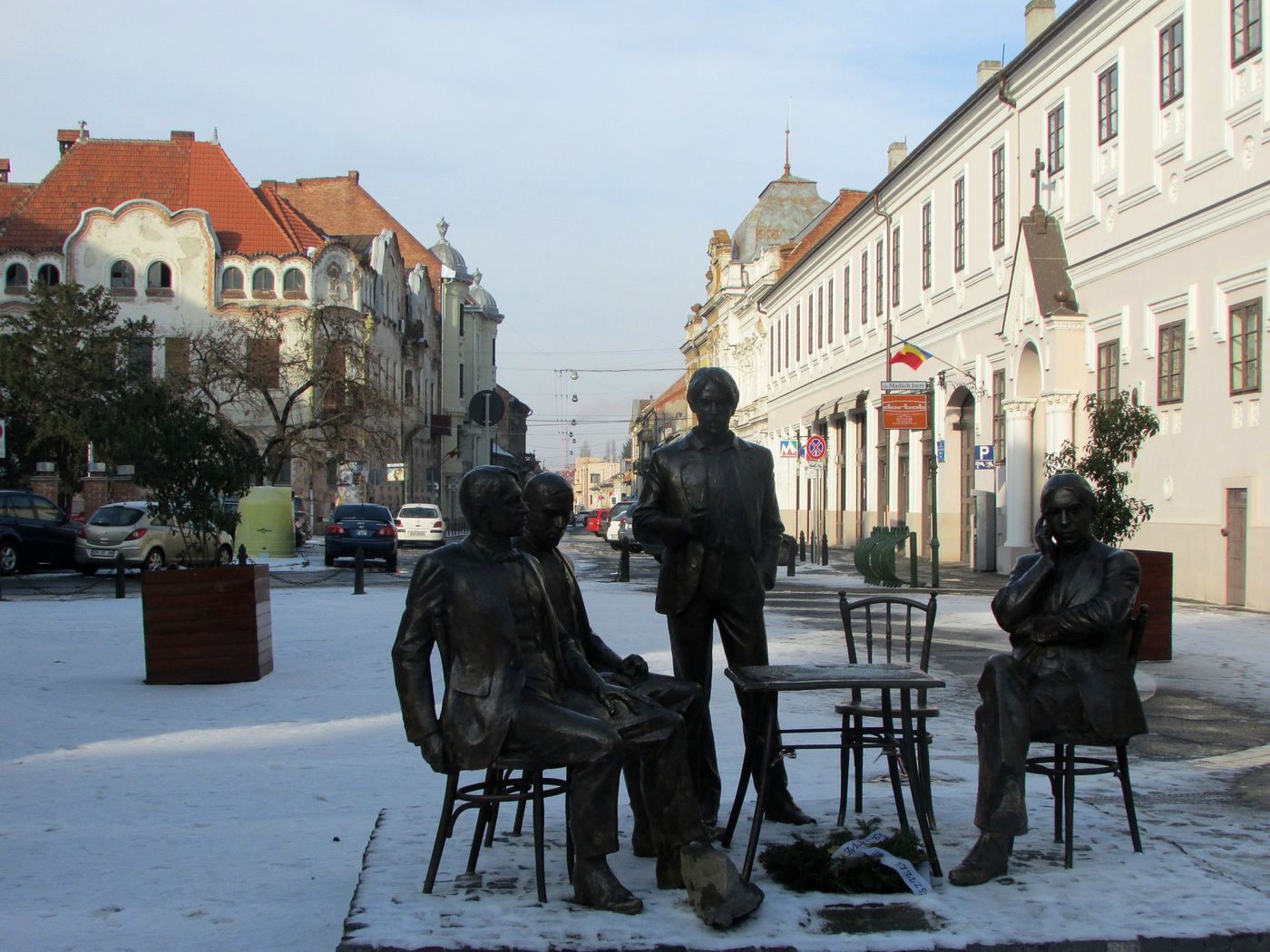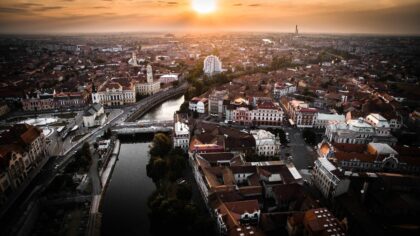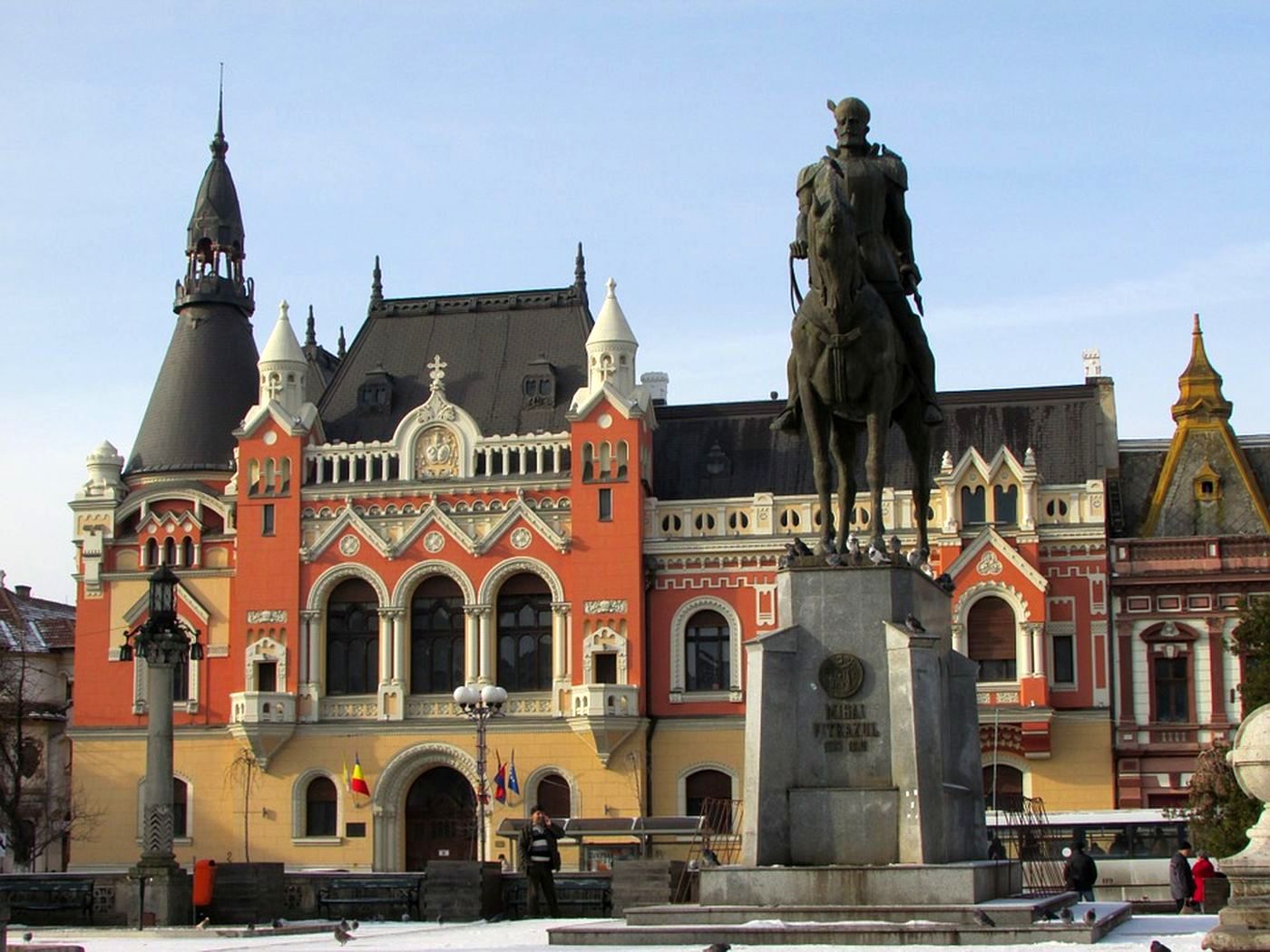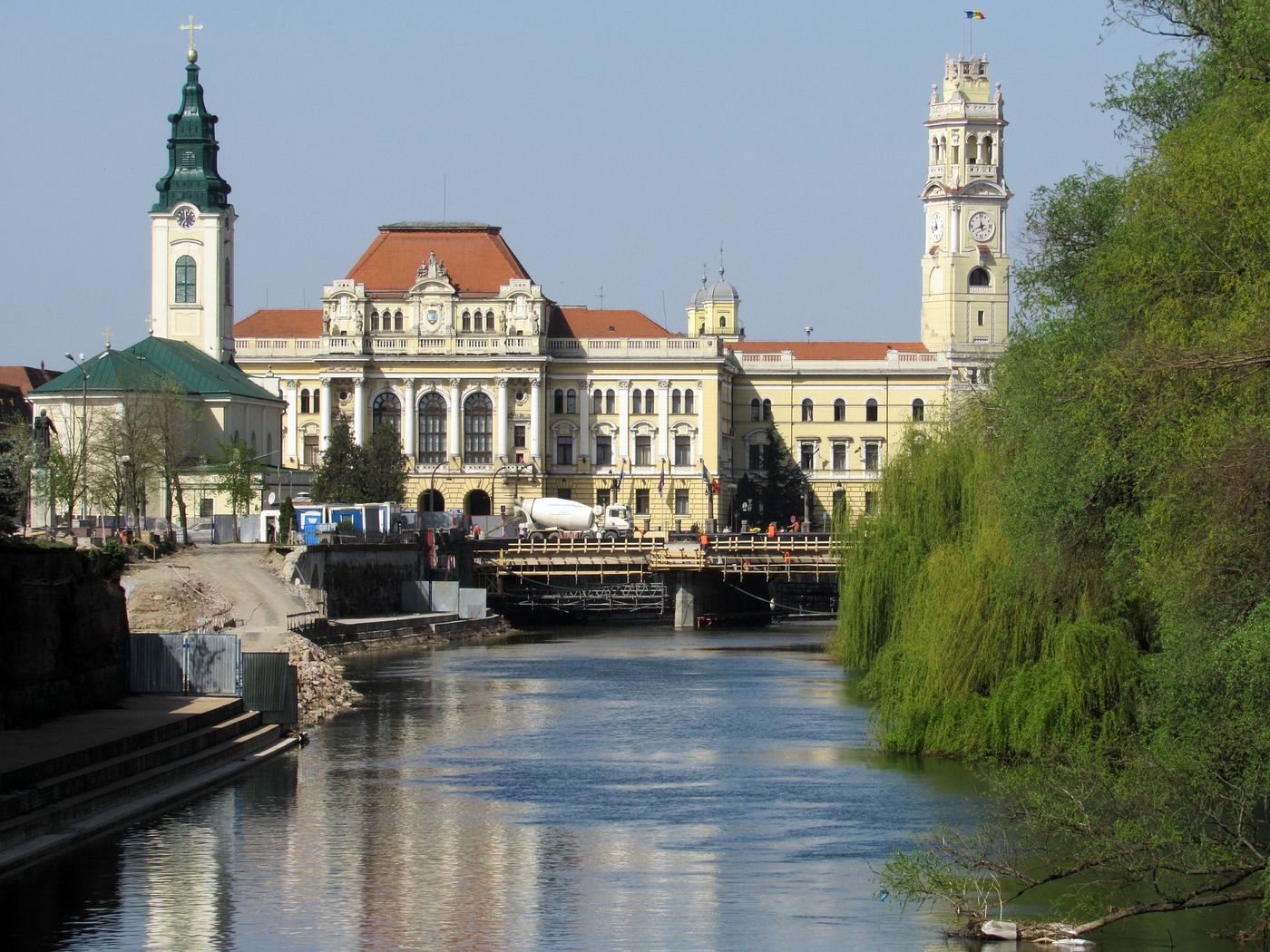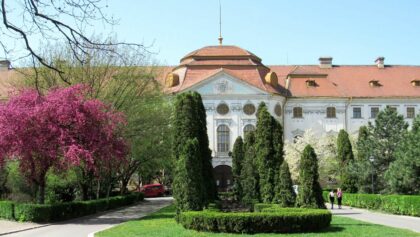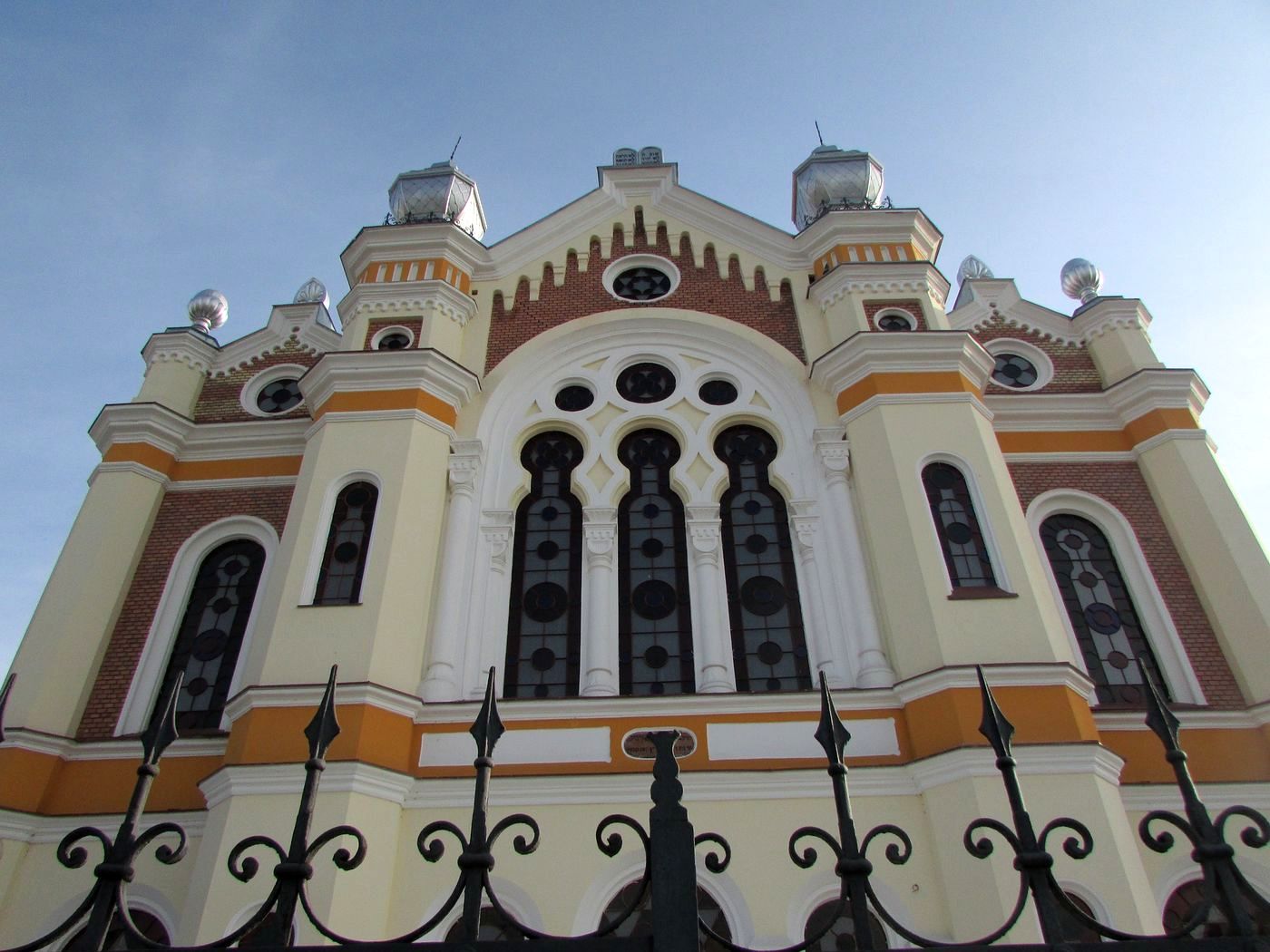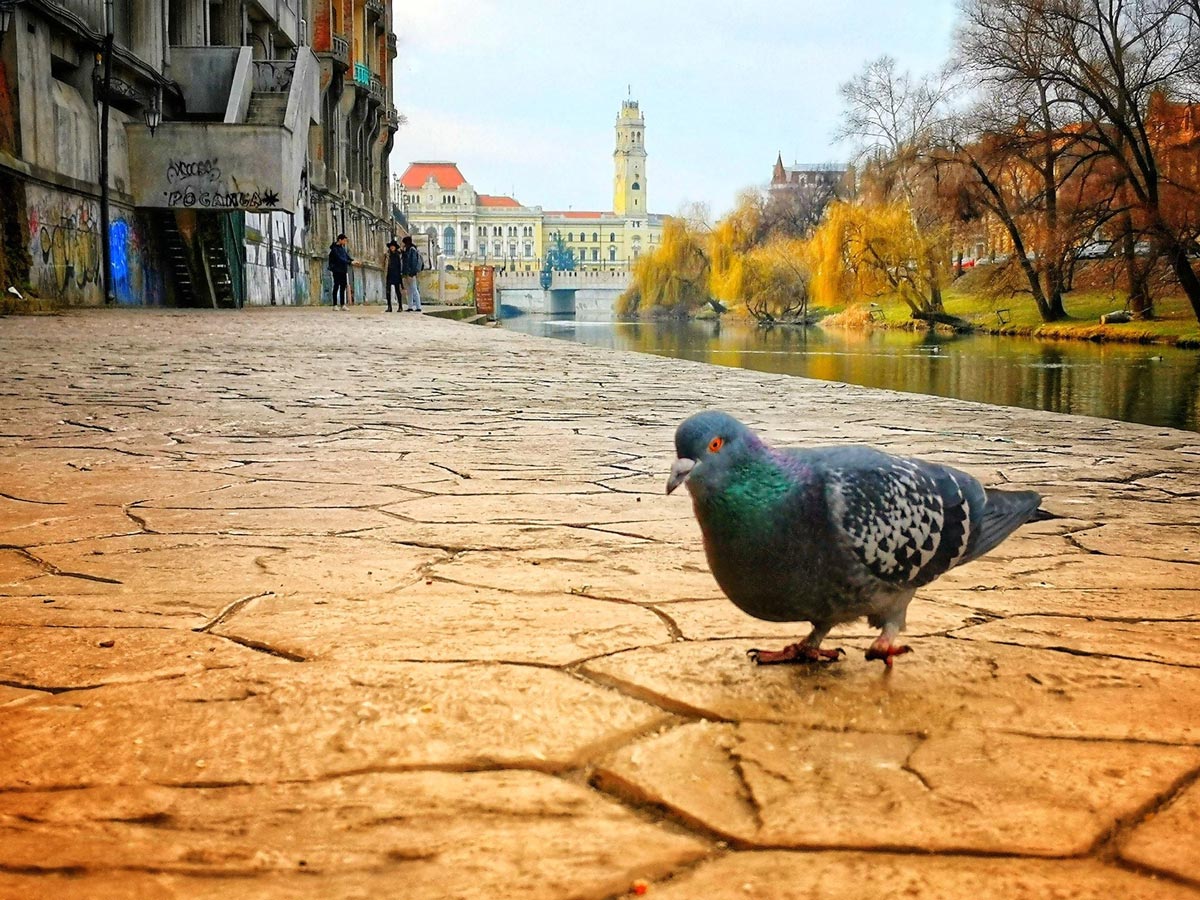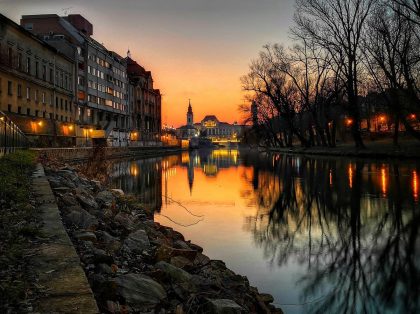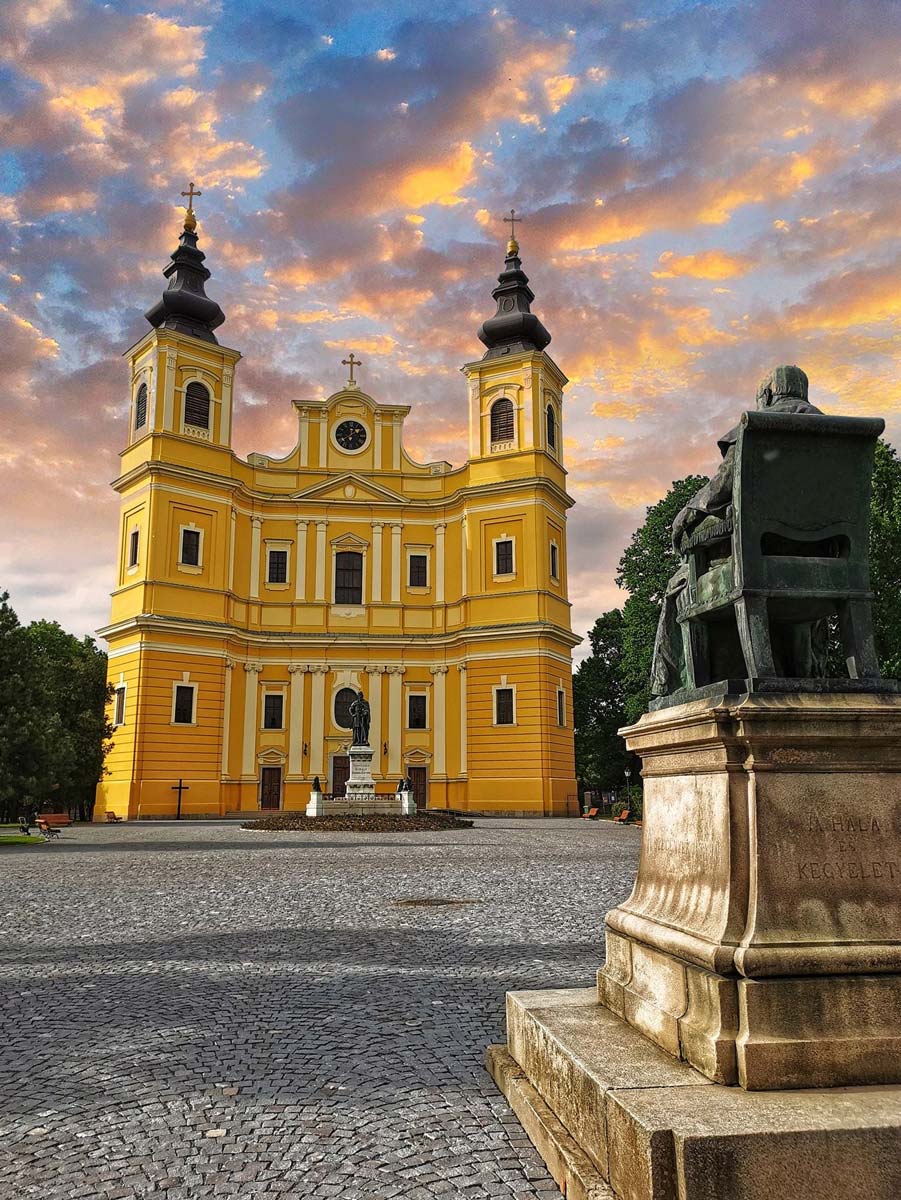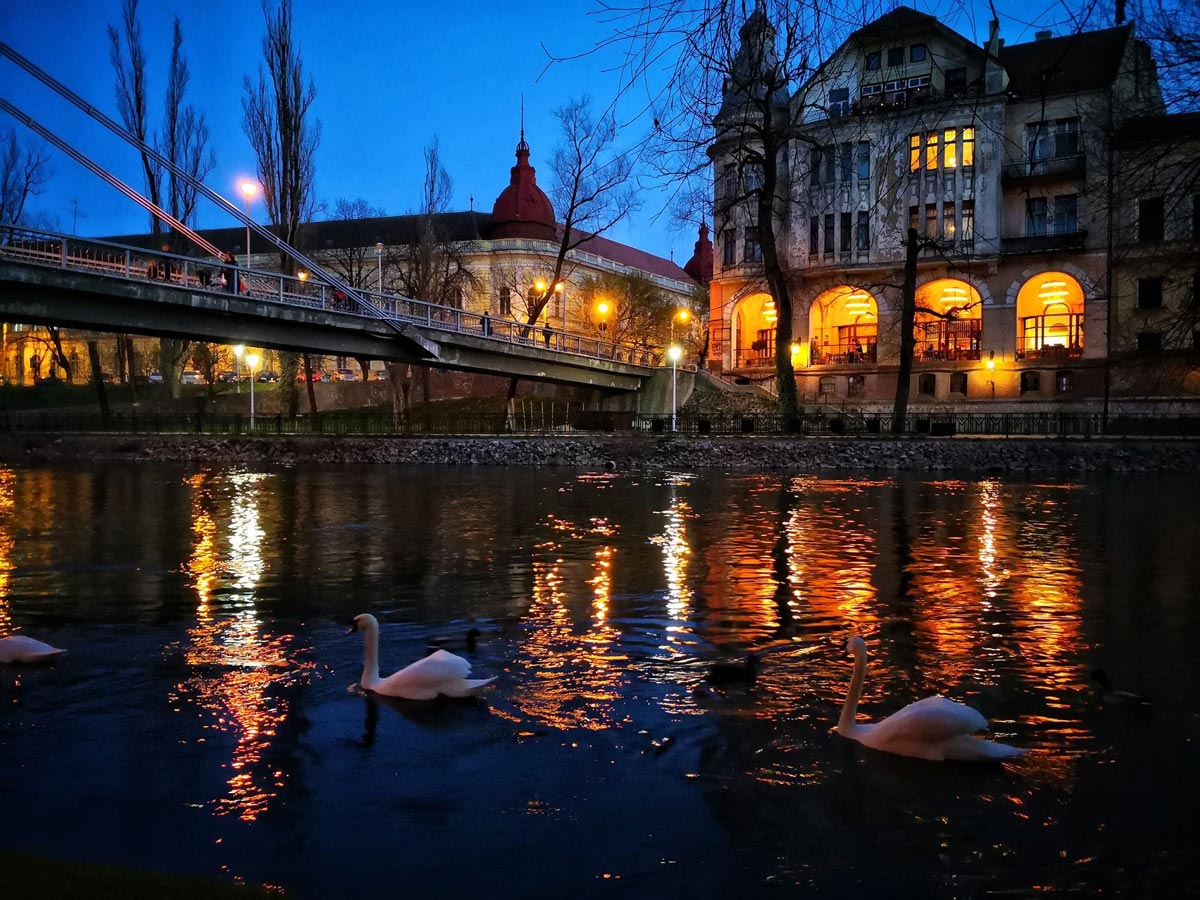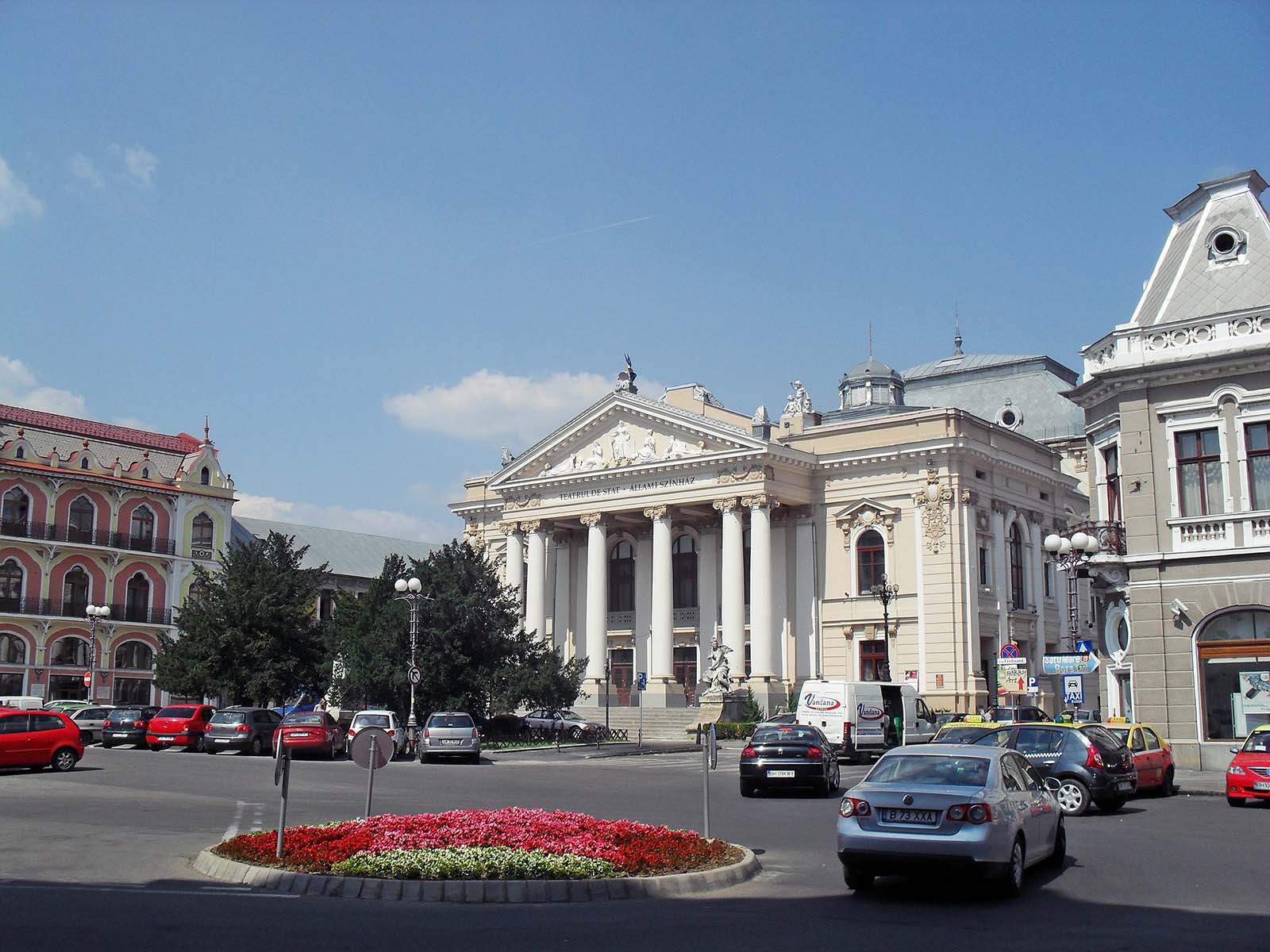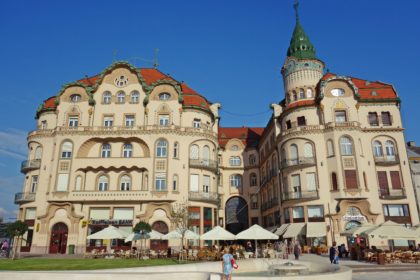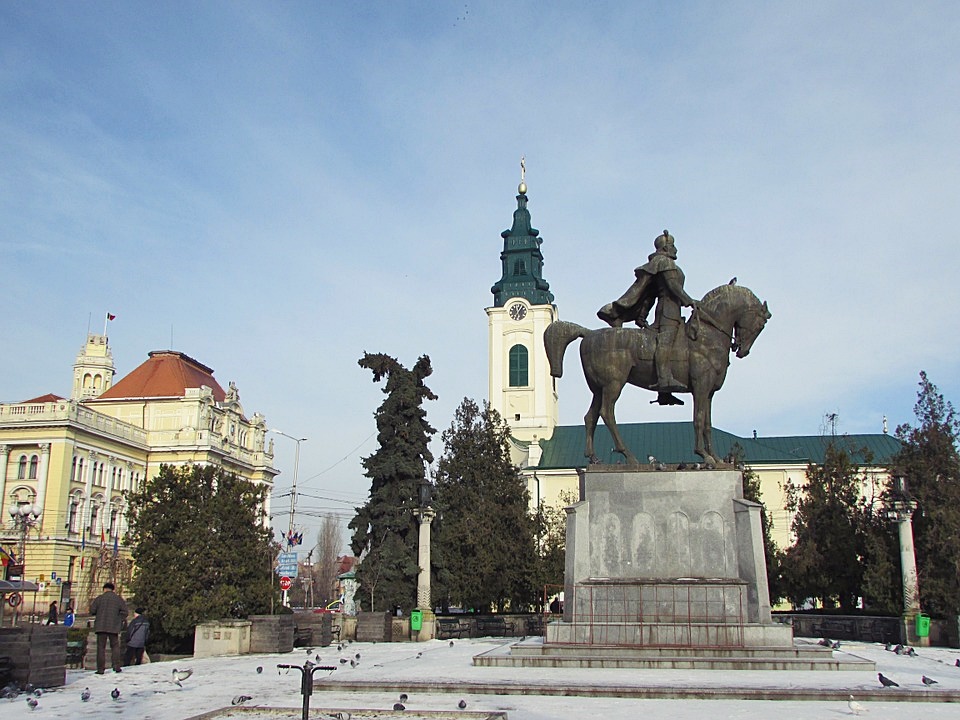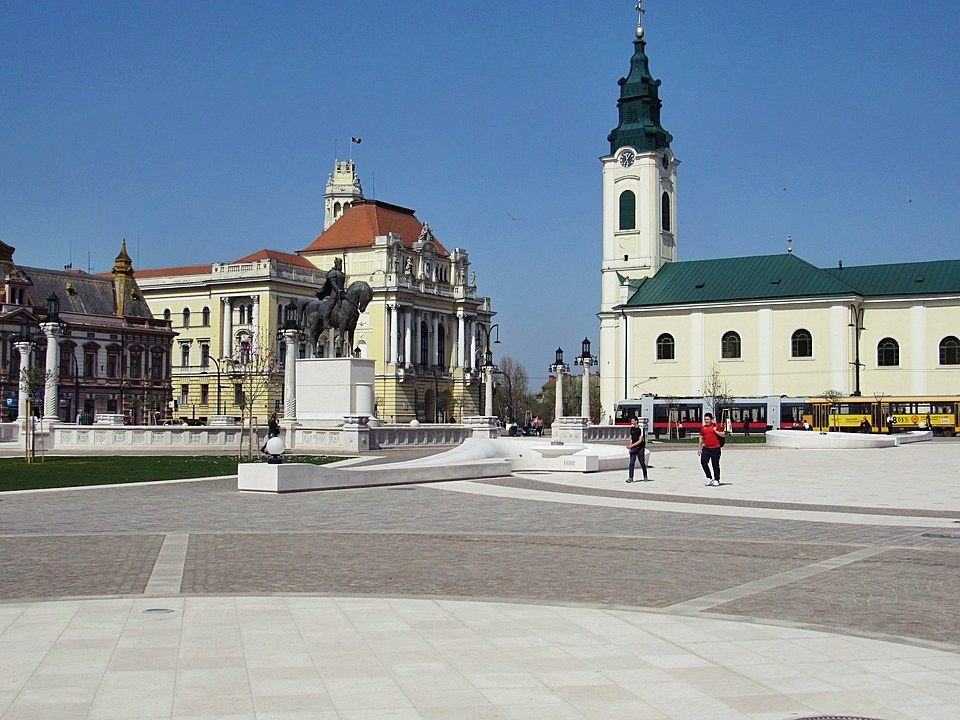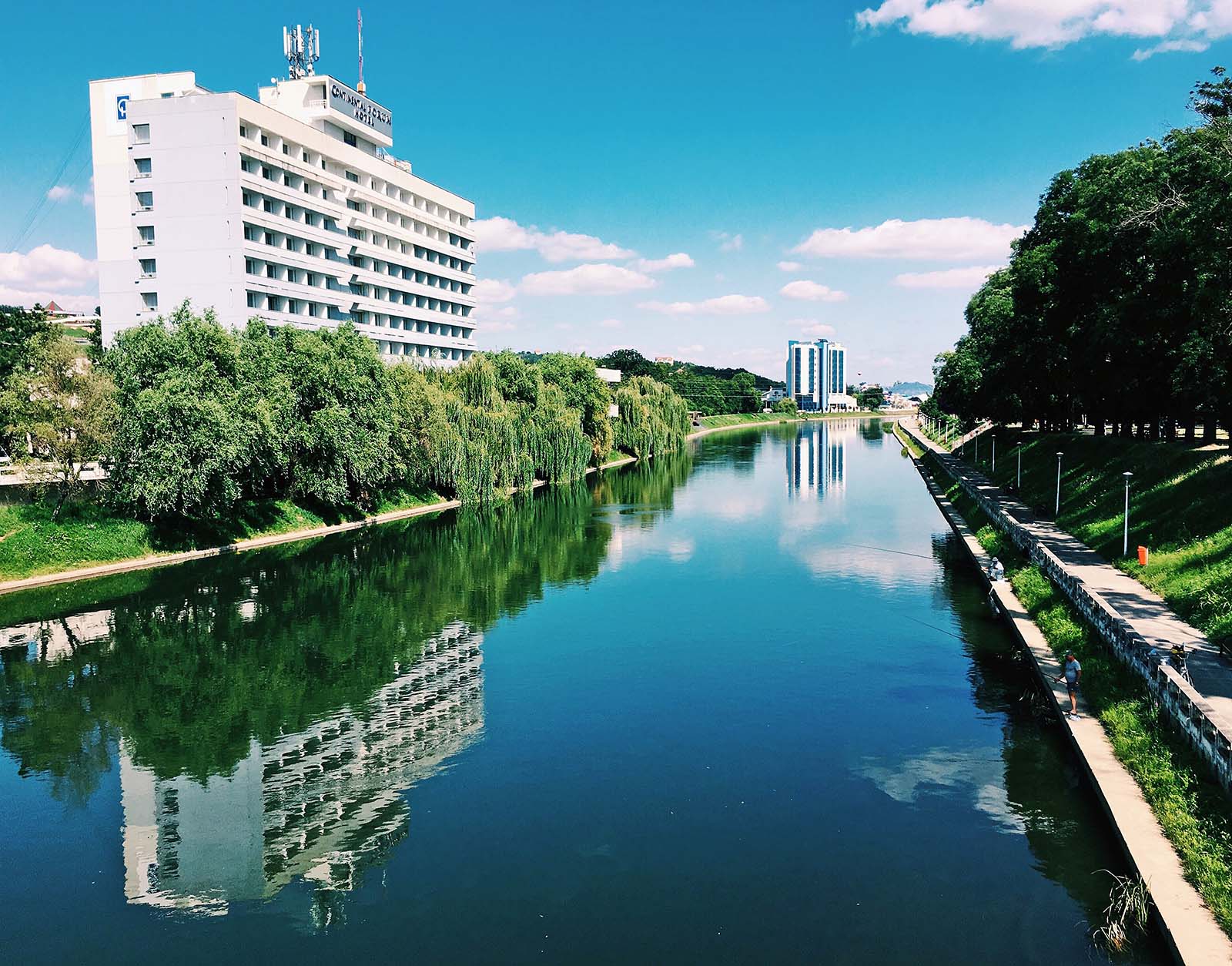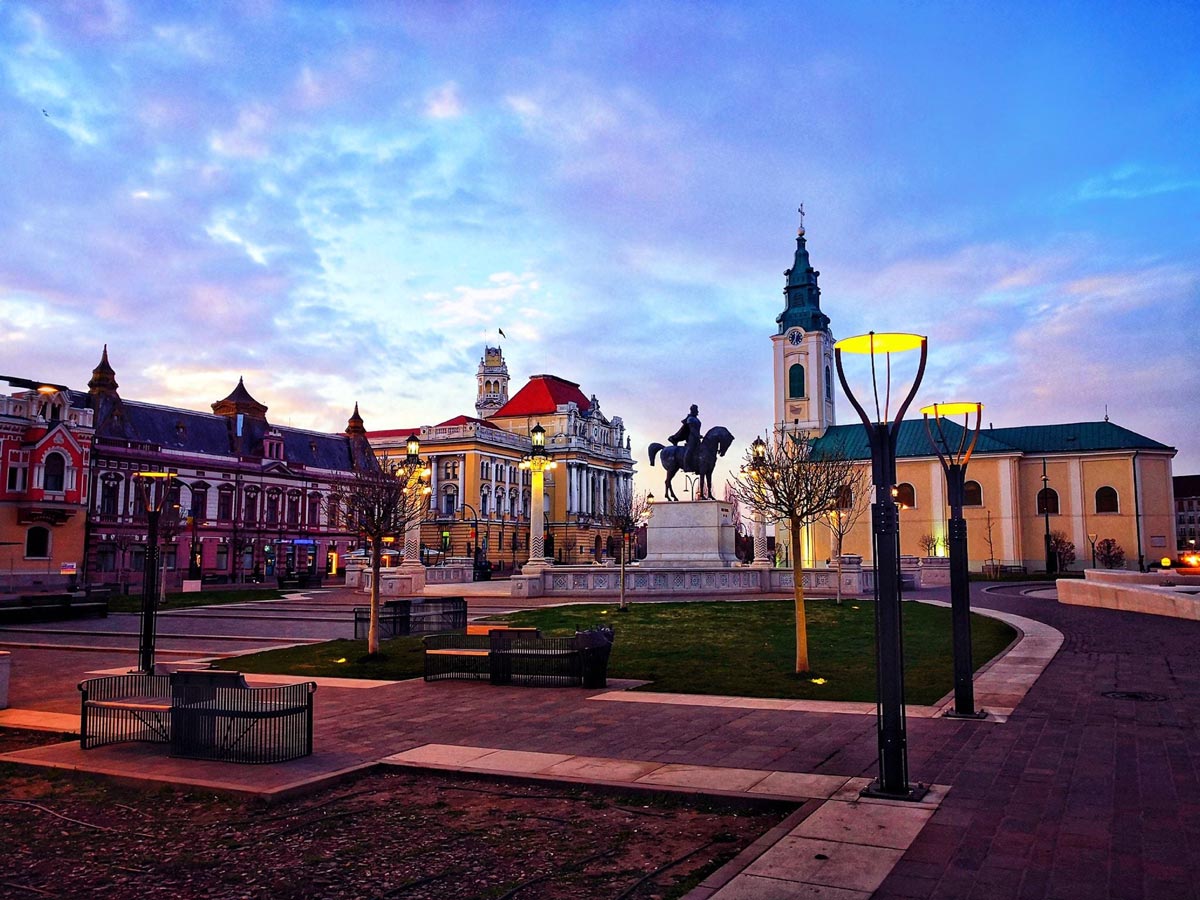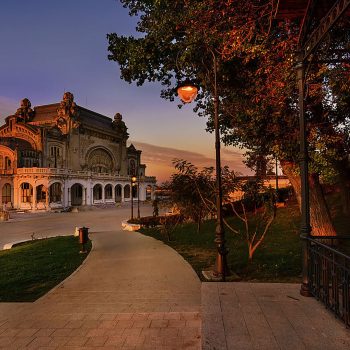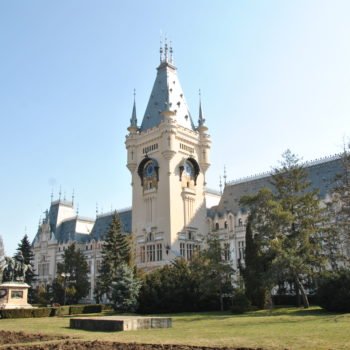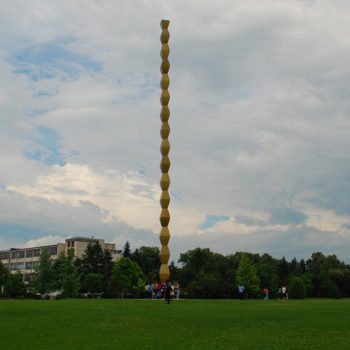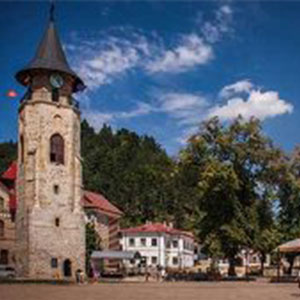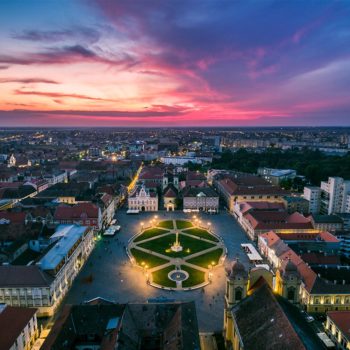Brief description: Oradea (in German Oradea and Hungarian Nagyvárad) is the capital of the district of Bihor and is located on the eastern edge of the Great Hungarian Plain on the river Crișul Repede (German Schnell Kreisch, Hungarian Sebes-Körös). The city center is 13 km away from the Hungarian border. The foothills of the Apuseni Mountains end on the north-east edge of the city. From a geological point of view, the caves, some of which reach below the city, are remarkable, and the thermal springs in various baths have become well known.
County: Bihor
Wikipedia: Oradea
Bilder: red_frog | maciualexandru
More information – Historical Attractions Sightseeing features
Oradea was first mentioned in a document in 1113. Since its founding, the city has belonged to the Kingdom of Hungary. From the 11th to the 15th century, Oradea was the burial place for several members of the Hungarian royal family. The German Emperor Sigismund, who was also King of Hungary from 1387 until his death in 1437, is also buried here.
In the 16th century, the city came to the Habsburgs through a peace treaty between two warring kings. In autumn 1598 the town was successfully defended against 100,000 Turks by a small garrison led by General Melchior von Redern from Reichenberg, but was then conquered in 1660 and ceded to the Turks in the Peace of Eisenburg. It was only in 1692 that the city was regained by the Austrians.
The city experienced a major economic boom, especially at the end of the 19th and beginning of the 20th century, not least thanks to its industrious, talented and relatively large Jewish population, which made up about a sixth of the then 100,000 inhabitants shortly before the Second World War. Even today, magnificent Art Nouveau palaces, some of which are dilapidated, bear witness to the glorious past.
After the Austro-Hungarian Compromise in 1867, Oradea was the seat of the Hungarian Bihar County and the junction of seven railway lines. Around 1900 the city had 17 churches and six monasteries, including two cathedrals, two episcopal palaces, canons’ houses and many magnificent public and private buildings. A theater and town hall were rebuilt around 1890, and in 1892 a monument to St. Ladislaus was unveiled.
After the First World War, in the Treaty of Trianon, Hungary had to cede the Kreisch area and thus also Oradea – despite its then Hungarian majority – to the new Greater Romania. The city was taken back to Hungary by the second Vienna arbitral award in 1940, but the city was taken by Romanian and Soviet troops in 1944 and has been part of Romanian territory again since then.
Sightseeing features
Oradea Castle
With a history of almost 1000 years, Oradea Castle has all the strengths to be a prime tourist attraction.
With its founding in 1192, the castle became an important religious and humanitarian center of the diocese of Oradea and at the same time a European place of pilgrimage. Politically important figures as well as Christian and literary scholars exchanged ideas here.
Architecturally, there are three major stages of development of Oradea Castle: Romanesque, Gothic and finally, Renaissance and Baroque stages, which visibly characterize the building even today. The castle has been conquered 3 times since it was built and has nevertheless stood the test of time over the centuries, so that we can still marvel at it today.
Various social events are held in the castle today.
Clock tower
The “clock tower” with a height of 50 meters served as a vantage point for the fire brigade in Oradea. The fires were announced by different chimes depending on the zone where the fire started. During the day, a red flag was also raised in the direction of the fire. Ironically, the tower burned down in 1944 and had to be rebuilt. The tower has four levels, three viewpoints and a total of 250 steps. On the lowest level is the clock mechanism, also called the “mother clock”. The clock plays the “March of Iancu” every hour on the hour today.
Roman Catholic Bishop’s Palace
Just five minutes from Oradea train station is the grandest palace in the city, with 100 rooms and 282 windows. It is the Bishop’s Palace designed in baroque style by the famous Austrian architect Franz Anton Hillebrant. Construction lasted from 1762 to 1777. The building has a U-shape floor plan, which also defines an inner courtyard. Among the famous guests of the palace were Empress Maria Theresa and Emperor Joseph II of Austria. There is also a chapel of rare beauty with frescoes on the ceiling and walls.
Thermal springs
In the vicinity of the town are the Băile 1 Mai (Eng. Bishop’s Bath, Hungarian Püspökfürdö) and Băile Felix (Eng. Felixbad, Hungarian Félixfürdő) baths. The latter has been connected to Oradea again by a railway line since 2010 – after a 10-year break. The miraculous effects of the thermal waters in Oradea were known as early as the Roman Empire. Unique in the world, the thermal baths offer highly valued spa water. Be sure to plan a full day here for your healing and relaxing visit.


